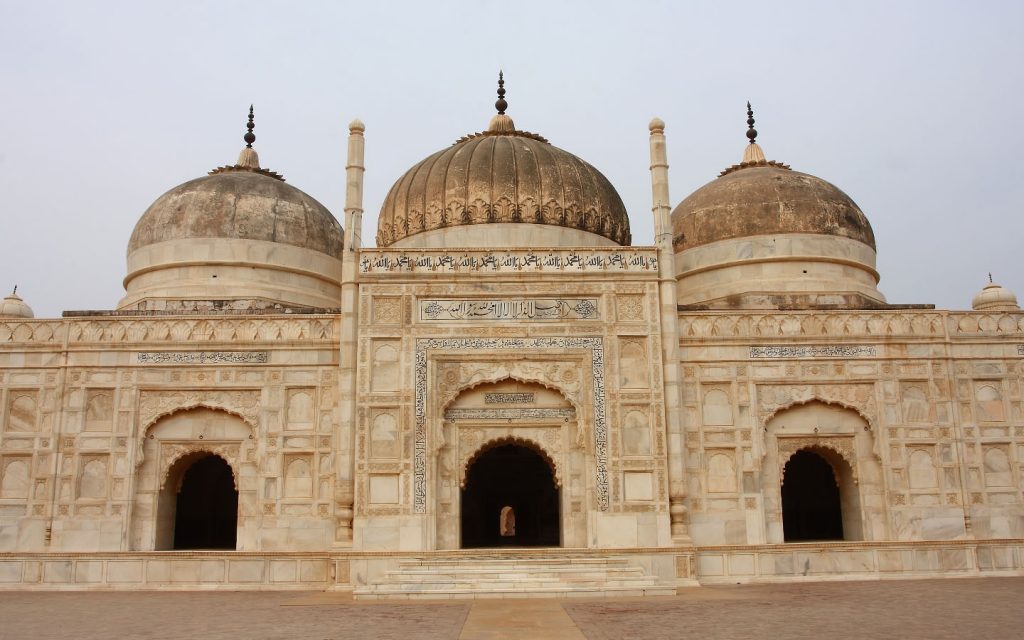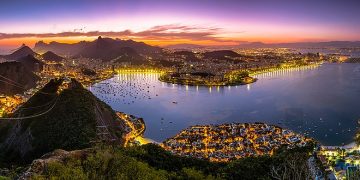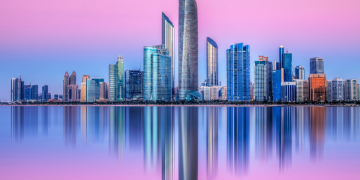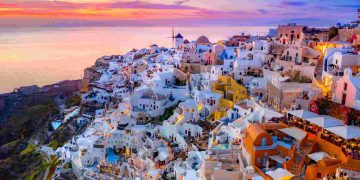Exploring the Heart of the Desert
Deep within the Jaisalmer Desert of Pakistan lies a mysterious ancient fortress, the ruins of which are shrouded in history and intrigue. Known as Derawar Fort, this majestic structure stands as a testament to centuries of struggle, power, and survival in one of the harshest landscapes on Earth. But who built this fortress, why was it erected in such an unforgiving terrain, and what tales of strife does it still guard?
The Journey Through Punjab
Nestled alongside the five rivers of Punjab, a region known as the “Land of Five Rivers,” Pakistan boasts some of the country’s most prosperous and developed areas. Starting from Lahore, the provincial capital and the historical center of the Mughal Empire, one can journey southwest along the N5 highway, first arriving at the important archaeological site of Harappa, a remnant of the Indus Valley civilization. Continuing further southwest leads to Multan, a central hub in southern Punjab, and onward to Bahawalpur, a city positioned just 70 kilometers from the desert’s edge.
As adventurers travel from Bahawalpur towards the blazing heat of the Jaisalmer Desert, they find themselves at the threshold of a vast and arid landscape. At the fringe of this desert lie the remains of a Nawab’s palace, and journeying 23 kilometers further into the sandy expanse brings one to the imposing Derawar Fort.
Majesty in the Desert
Derawar Fort features a square layout, soaring to a height of 30 meters, with a perimeter of 1,500 meters. Its fortified walls are encircled by 40 grand octagonal towers, making it a commanding presence on the horizon. As travelers approach, the silhouette of the fort emerges slowly, a beacon against the flat, endless landscape.
The fort’s round towers are particularly striking, adorned with intricate brickwork. This design serves both aesthetic and strategic purposes. According to caretakers, the rounded architecture is more than just visually appealing; it diffuses the impact of any attacks from siege weaponry such as catapults or cannons. Should an enemy strike the walls, the curved surface can redirect the force, lessening potential damage. Additionally, circular towers offer enhanced visibility and vantage points, enabling archers to defend the fort in multiple directions.
The desolate nature of the surrounding desert is another layer of the fortress’s defenses. Any adversaries must first contend with the parched land that lies between them and the fort, a formidable barrier in itself.
The Entrance to History
Approaching the fort, one can only enter through the grand eastern gateway. The path is serpentine, with inclines that twist and turn before leading into the inner sanctum of the fort. This layout, common among many Pakistani forts, serves a tactical purpose by obstructing direct access to assailants. The door itself is adorned with sharp iron spikes, a clever deterrent against elephant-led assaults, a common threat in the battles of the Indian subcontinent.
Inside, much of the architecture lies in ruins, with the ground littered with debris, stones, and remnants of bricks, creating a landscape that speaks to both decay and history. Despite its desolation, Derawar Fort is rumored to possess hidden passages, leading perhaps to the city’s royal palace or other fortresses scattered throughout the desert—though these pathways have succumbed to neglect and the serpentine life that now inhabits them.
A noteworthy feature within the northern tower is a once-grand palace, its murals having undergone restoration. Meanwhile, adjacent to the eastern gate, stands a mosque erected in 1844, reflecting the architectural style of Delhi’s Red Fort.

Tales of Betrayal and Bloodshed
But what purpose did this fortress serve in such a remote location? Originally, it protected one of the desert’s most vital water sources and safeguarded the ancient trade routes running through the region, which connected Central and South Asia. Over time, such routes became crucial for both commerce and pilgrimage, making Derawar Fort a focal point of contention among regional nobility.
The fort’s history is intertwined with that of the Rajput kingdoms, where it was initially built by the local Rajput rulers in 834 AD as a tribute to the king of Jaisalmer. It later became the ancestral home of the Bhatti clan of Rajputs. However, turmoil erupted when a rival family, claiming descent from the Abbasid Caliphate, arrived and sparked a fierce conflict.
The Abbas family landed in Sindh and were granted land and titles under the Mughal Empire. However, internal strife led to factions within their ranks, pushing one group led by Sadik Muhammad Khan Abbas I into South Punjab after failing in their home region.
Upon capturing Derawar Fort, Sadik reconstructed it, thereby establishing the status of Bahawalpur as a powerful principality. The current appearance of the fortress is largely a testament to this period. During this time, conflicts among local principalities were common—alliances were formed and broken, and plots for succession led to frequent betrayals. Those who lost disputes over inheritance often found themselves imprisoned within the fort’s walls.
In a particularly tumultuous era, power struggles perpetuated the violence; even among noble families, fratricide was not an uncommon fate for those vying for control. The northern tribes, such as Persians and Afghans, frequently launched incursions, prompting the Daurdputras to seek refuge within Derawar’s fortified boundaries.
Decline and Transformation
In 1747, Sadik was assassinated, leading to the reassertion of Jaisalmer’s control over Derawar with support from a Mughal governor. The Daurdputras, having lost their stronghold, were compelled to establish a new city, which they named Bahawalpur after their new king.
By 1759, the Jaisalmer king found himself beleaguered by internal rivalries and was forced to relinquish Derawar Fort to Bahawalpur’s king, albeit for a share of the fort’s tax revenues. However, as colonial powers arrived, the significance of Derawar began to wane—1833 marked the start of a new era with British incursions.
With formal agreements between Bahawalpur and the British, the state transitioned into a protected principality under colonial rule, serving as a strategic outpost for British interests in Afghanistan, Punjab, and Sindh.
Two pivotal developments contributed to the decline of Derawar Fort: the signing of treaties with the British that stabilized regional power dynamics and the subsequent construction of trade routes, including railways and river transport systems. British engineers prioritized navigation along the Sutlej River and designed new railway lines that connected Bahawalpur to larger commercial hubs. By 1878, the railway began linking the region, diminishing the appeal of the once-critical desert fortress.
Thus, the winds of time continue to erode what was once a grand bastion of power. Today, despite still being privately owned by the Abbas family, Derawar Fort stands slowly succumbing to the desert’s grip. The royal clan, once mighty, now lacks the resources to restore this silent witness to centuries of history.





















